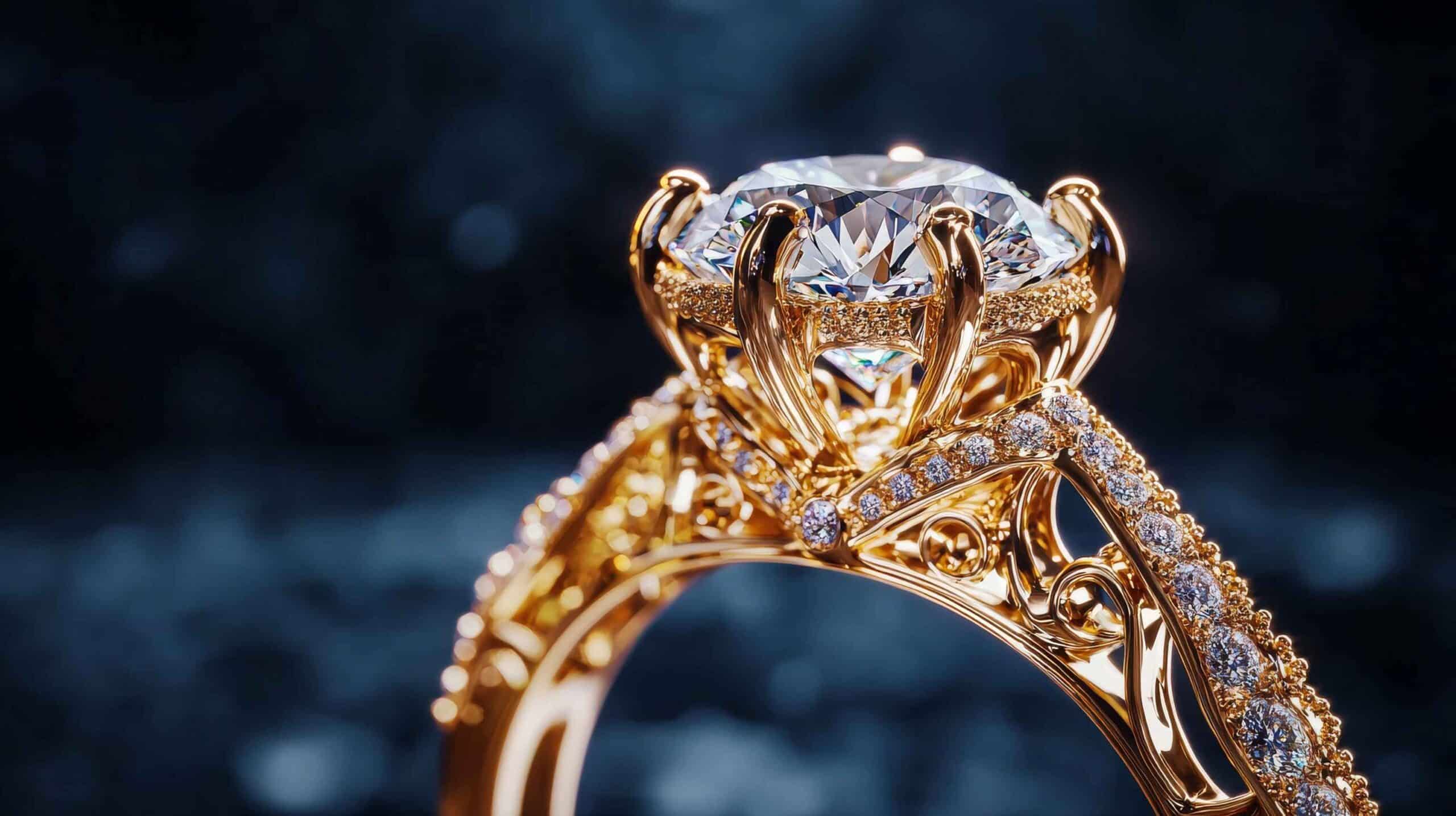The Rise of Lab Diamonds: A Modern Alternative to Mined Gems

Introduction: A New Era in Diamond Jewelry
The world of gemstones has undergone a quiet revolution. Once exclusively the domain of naturally mined stones, the diamond industry now embraces a modern, technologically advanced alternative: lab diamonds, also known as lab-made diamonds or man-made diamonds. These diamonds, created in highly controlled laboratory environments, offer a compelling alternative to natural diamonds, both aesthetically and ethically. In recent years, lab-grown diamonds have gained significant traction among consumers seeking sustainable, affordable, and high-quality gemstones.
What Are Lab Diamonds?
Lab diamonds are real diamonds—physically, chemically, and optically identical to those mined from the earth. The only difference lies in their origin. While natural diamonds are formed over billions of years under extreme pressure and heat deep within the Earth’s mantle, lab diamonds are produced using advanced technological processes that mimic these conditions.
There are two primary methods for creating lab diamonds:
-
High Pressure High Temperature (HPHT): This method recreates the natural conditions under which diamonds form. A carbon source is exposed to high pressure (up to 1.5 million pounds per square inch) and high temperature (around 2,700°F), resulting in the formation of a diamond crystal.
-
Chemical Vapor Deposition (CVD): In this method, a diamond seed is placed in a chamber filled with carbon-rich gas. The gas is heated, and the carbon atoms bond to the seed layer by layer, eventually forming a diamond.
Both techniques produce high-quality diamonds that are indistinguishable from natural diamonds without specialized equipment.
The Advantages of Lab Diamonds
1. Ethical and Conflict-Free
Lab-made diamonds offer a transparent and conflict-free supply chain. Traditional diamond mining has long been associated with unethical labor practices and the financing of armed conflicts, particularly in regions of Africa. In contrast, lab-grown diamonds eliminate these concerns, offering peace of mind for socially conscious consumers.
2. Environmental Sustainability
Mining operations can cause significant environmental damage, including habitat destruction, soil erosion, and water pollution. Lab diamonds require significantly less land and water, and they produce fewer carbon emissions, making them a more environmentally friendly choice.
3. Affordability
Lab diamonds are generally 30-50% less expensive than their natural counterparts. Because they don’t require the same extensive mining operations and supply chains, production costs are lower—and these savings are passed on to consumers.
4. Customization and Consistency
Lab-grown diamonds can be tailored to meet exact specifications for size, cut, clarity, and color. This level of control also means fewer imperfections and greater consistency in quality compared to natural diamonds.
Are Lab Diamonds “Real” Diamonds?
One of the most common questions surrounding lab-made diamonds is whether they are “real.” The answer is unequivocally yes. Lab made diamonds have the same carbon crystal structure and display the same physical and optical properties as mined diamonds. They sparkle just as brilliantly and can be certified by leading gemological institutes like the Gemological Institute of America (GIA) or the International Gemological Institute (IGI).
In fact, even expert gemologists often need specialized equipment to distinguish between lab-created and mined diamonds.
Common Misconceptions About Lab Diamonds
1. They Are Fake
Lab diamonds are not cubic zirconia or moissanite, which are diamond simulants. Lab-made diamonds are real diamonds in every scientific sense of the word.
2. They Don’t Hold Value
While lab diamonds may not retain resale value as strongly as rare natural diamonds, the gap is closing as consumer awareness grows. Additionally, for most buyers, diamonds are not an investment but a personal or emotional purchase.
3. They All Look Perfect
Though made in a controlled setting, lab diamonds can still have inclusions and slight imperfections—just like natural diamonds. In fact, imperfections are sometimes intentionally included to mimic the unique characteristics of mined stones.
Market Trends and Consumer Adoption
The lab diamond market is booming. According to industry research, lab-grown diamonds now account for an estimated 10% of the global diamond market, and that figure is rising rapidly. Younger consumers, particularly Millennials and Gen Z, are driving this shift. Their values around sustainability, social justice, and budget-consciousness align well with the benefits of lab-grown gems.
Major jewelers—including Pandora, De Beers (through their Lightbox line), and Brilliant Earth—have started offering lab-created diamonds in response to increasing demand. Engagement rings, earrings, and custom pieces featuring lab diamonds are becoming common on the high street and in luxury boutiques alike.
Future Outlook
The technology behind lab diamonds continues to evolve. As production becomes even more efficient, we can expect prices to become even more competitive, quality to improve further, and customization options to expand. As public awareness increases, lab diamonds could soon become the default choice for mainstream consumers looking for ethical luxury.
Conclusion: A Brilliant Choice
Lab-made diamonds offer a dazzling blend of beauty, ethics, and affordability. For those looking for a gemstone that aligns with modern values without compromising on sparkle or elegance, lab diamonds present a future-forward alternative to mined stones. As technology advances and social consciousness grows, these man-made marvels are redefining what it means to give—and wear—a diamond.




